![]()
![]()
![]()
Use LEFT and RIGHT arrow keys to navigate between flashcards;
Use UP and DOWN arrow keys to flip the card;
H to show hint;
A reads text to speech;
11 Cards in this Set
- Front
- Back
|
How long does it take the moon to revolve around Earth? (revolution period, days) |
27 days |
|
|
How long is the moon cycle? (new moon to new moon) |
29 days |
|
|
What causes a change in tides? |
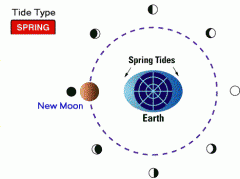
Mostly the moon, barely the sun |
|
|
What causes a change in seasons? |

The Earth's tilt of 23.5 degrees |
|
|
What causes a solar eclipse? |
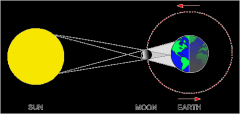
When the moon is in the right position, it temporarily blocks the suns rays. |
|
|
How was the universe formed? (scientific theory) |
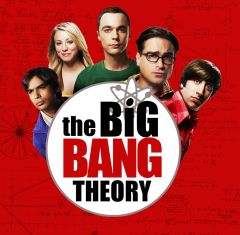
15 billion years ago, there was a big bang. The Big Bang theory. |
|
|
How were planets formed? |
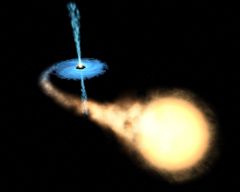
Accretion theory: Small dust and gas particles clump together over time |
|
|
How was the sun formed? |
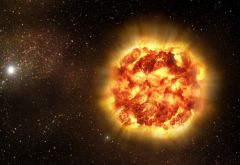
A supernova from far away in the galaxy struck a nebula |
|
|
How was the moon formed? |
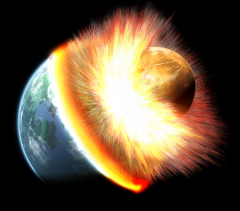
Giant Impact Hypothesis: A 5th planet struck Earth, fragments underwent accretion. |
|
|
What causes a lunar eclipse? |
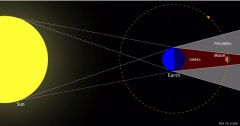
When the moon falls into Earths shadow and it has an orange/red appearance. |
|
|
What causes the different phases of the moon? |
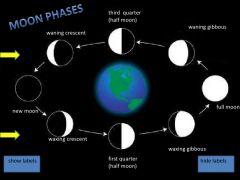
Where the moon is positioned around the Earth determines the shape of the light it reflects from the sun. |

